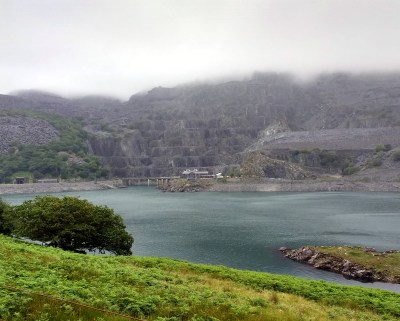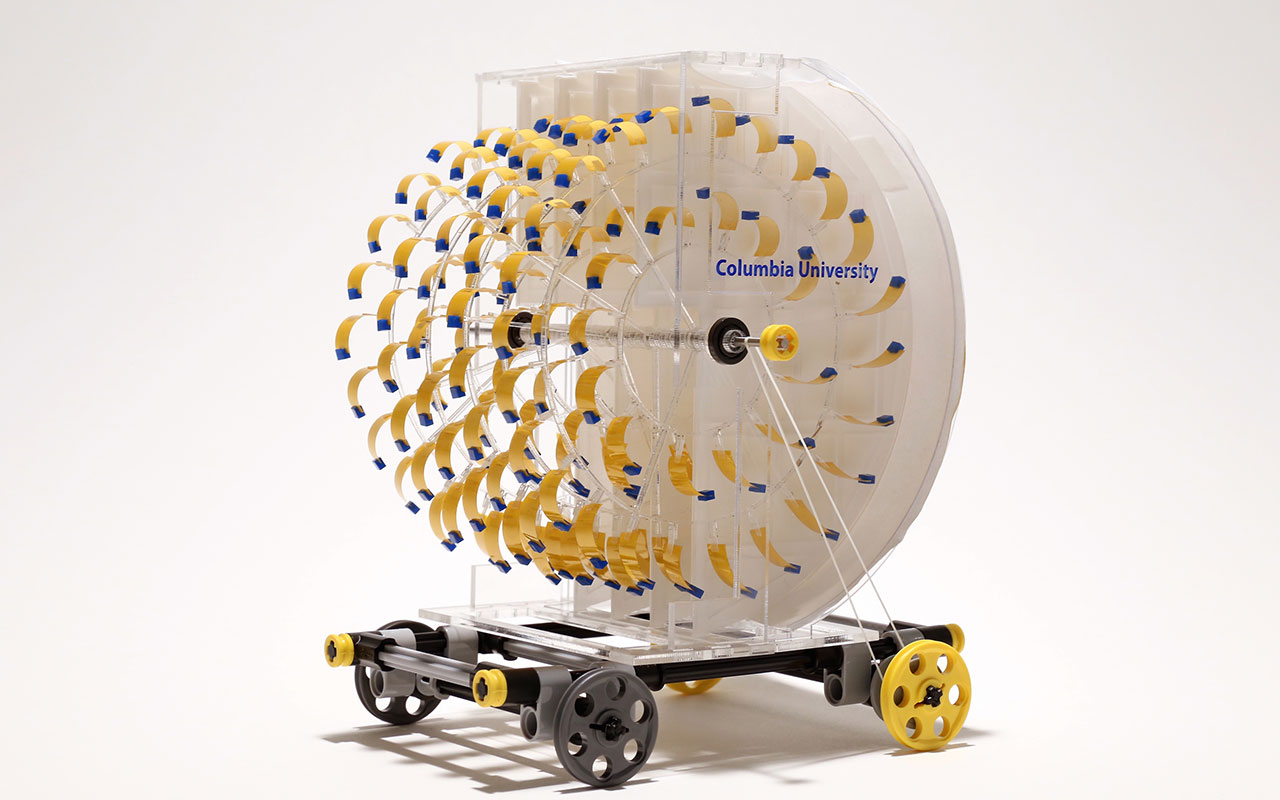huhtikuu 6, 2017 6:48
https://www.suomenuutiset.fi/infraa...nnusluvat-jaihin-ihmisten-pinna-alkaa-loppua/
TUULIVOIMAN TERVEYSVAIKUTUKSET
Infraäänen vaikutuksille virallinen vahvistus: Kuntien laitettava tuulivoimaloiden kaavoitus ja rakennusluvat jäihin – ”Ihmisten pinna alkaa loppua”
LEHTIKUVA
Politiikka
Tuulivoimaloiden infraääni aiheuttaa haitallisia terveysvaikutuksia ihmisille ja eläimille eri puolilla Suomea. Näin on käynyt esimerkiksi Kurikassa Etelä-Pohjanmaalla.
Kurikan naapurikuntaan Ilmajoelle on rakennettu Santavuoren tuulivoima-alue, jossa on 17 voimalaitosta. Ne ulottuvat yli 200 metrin korkeuteen.
Kurikkalainen Päivi Peltoniemi asuu alle kymmenen kilometrin päässä Santavuoren alueesta.
– Voimaloiden toiminta käynnistyi viime keväänä ja pian sen jälkeen minulle tuli rytmihäiriöitä, korvien lukkiutumista ja päänsärkyä, Peltoniemi kertoo.
Ei oireita ennen tuulivoimalaa
Peltoniemen mukaan hänellä ei ollut oireita ennen tuulivoimaloita. Hän on havainnut, että oireet pahenevat kovalla tuulella.
– Verenpaine sahaa edestakaisin ja minua huimaa välillä. Pahimmilla tuulilla jopa lemmikkieläin lakkaa syömästä ja makaa reporankana. En tiedä pystynkö enää asumaan kotona kesällä.
Kymmenet perheet ovat joutuneet muuttamaan pois kodeistaan tuulivoimahaittojen takia.
ISO:n standardi vahvisti
Peltoniemen mukaan hänen ja lukuisten muiden ihmisten kokemat oireet johtuvat tuulivoimaloiden infraäänestä. Tuulivoimalobbarit vähättelevät ihmisten kokemuksia ja pitävät niitä keksittyinä.
Kansainvälisen standardisoimisjärjestö ISO:n standardi kuitenkin todistaa, että ihmisten tuulivoimaloiden aiheuttamiksi kokemat oireet ovat todellisia. ISO vahvisti jo vuonna 1996, että alle 1 Hz:n (hertsin) infraääni aiheuttaa ihmisille oireilua.
– Tieto on ollut olemassa, mutta se on pitänyt kaivaa esiin päivänvaloon, Peltoniemi sanoo.
Pidetty mielikuvituksen tuotteena
Tuulivoimalat tuottavat alle 1 Hz:n matalataajuista infraääntä, joka liikkuu säännöllisesti toistuvina sykäyksinä ja on ihmiskorvien ulottumattomissa. ISO 9996:1996 standardin mukaan alle hertsin infraääni aiheuttaa meritautia, matkapahoinvointia, huimausta ja ahdistuneisuutta.
– Tämä tieto on merkittävä kaikille niille ihmisille, joiden tuulivoimaloista saamia terveyshaittoja on pidetty vain mielikuvituksen tuotteena, Peltoniemi toteaa.
Terveyshaitoista iso lasku
Peltoniemi on yrittäjä ja oireilun takia työnteko on kärsinyt.
– Tämä iskee pienyrittäjiin ensimmäisenä, kun ei ole sijaisia. Suuri osa yrittäjistä työskentelee yksin ja siitä aiheutuu iso lasku kansantaloudelle, jos emme pysty tekemään töitä sairastumisen takia.
Peltoniemen mielestä kunnissa ajatellaan lyhytnäköisesti, kun tuulivoimalobbarit hehkuttavat päättäjille voimaloiden maanvuokratuottoja.
– Kunnissa ei ole ymmärrystä tuulivoimaloiden haittavaikutuksista. Nyt on noustava barrikadeille ja pantava piste tuulivoimarakentamiselle. Suomi on ihmisten sairastumisen myötä konkurssissa, jos viisaus ei löydy hallituksen riveistä, Peltoniemi sanoo.
Ihmiset ottavat päivittäin yhteyttä
Perussuomalaiset ovat nostaneet ainoana puolueena esille tuulivoimalamelusta ja infraäänestä kärsivien ihmisten asian.
– Tuulivoimaloiden haitoista kärsivät ihmiset ottavat yhteyttä päivittäin. ISO:n standardi on iso juttu. Se todistaa, mitä infraääni aiheuttaa, toteaa perussuomalaisten työmies Matti Putkonen.
Ympäristöministeriön mukaan tuulivoima-alueiden kaavoitus on tällä hetkellä hyvin aktiivista Suomessa. Tuulivoiman rakentamista pyrkii edistämään Suomen tuulivoimayhdistys, joka on tuulivoiman kotimainen edunvalvontajärjestö. Se toteaa verkkosivuillaan, että teollisen tuulivoiman rakennustilastoja tullaan rikkomaan tulevina vuosina.
Yhdistyksen mukaan viime vuonna Suomeen rakennettiin 182 uutta tuulivoimalaa, joita on yhteensä lähes 400.
Tutkimus PS:n vaatimuksesta
Hallitus aikoo teettää selvityksen tuulivoimalamelun ja -infraäänen terveyshaitoista perussuomalaisten vaatimuksesta.
– Tuulivoimayhtiöiden tulisi herätä vihdoin ja viimein. Ihmisten pinna alkaa loppua eri puolilla Suomea. Hätä on suuri, Putkonen tietää.
Putkosen mukaan perussuomalaiset ovat yrittäneet vedota tuulivoimayhtiöihin, jotta ne lopettaisivat hätää kärsivien ihmisten pilkkaamisen.
– Tällaisten yhtiöiden ei pidä saada mitään valtion tuotantotukea. Ylimielisyydellä ja ihmisten pilkkaamisella pitää olla joku raja, Putkonen jyrähtää.
Kunnilla iso rooli
Muissakin puolueissa olisi Putkosen mielestä herättävä, että oirehtivat ihmiset ovat Suomen kansalaisia, joista on pidettävä huolta.
– Vihreät, SDP, vasemmistoliitto, kokoomus ja osa keskustasta pitää tuulivoimaa uusiutuvan energian brändinä. Punavihreä energia ei ole suomalaista. On käsittämätöntä, miten yhtiöt käsittelevät ihmisiä ja hakevat veroeuroja. Ihmisille kuuluu oikeus saada tietoa, mikä heitä vaivaa ja mikä sen aiheuttaa.
Selvitys tuulivoimaan liittyvistä terveysvaikutuksista valmistuu Putkosen mukaan puolentoista vuoden kuluttua.
– Siihen asti kunnilla on iso rooli. On tärkeää, että tulisi valtuustot, jotka panisivat kaavat ja rakennusluvat jäihin selvityksen valmistumiseen asti. Ainoastaan perussuomalaisten vaaliohjelmassa tämä on mukana. Toivottavasti muut puolueet lähtisivät siihen mukaan, Putkonen esittää.
MIKA RINNE



